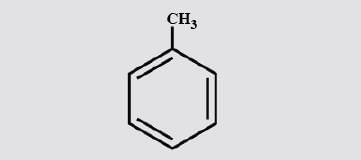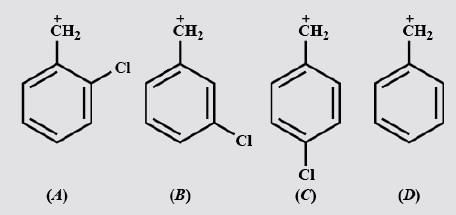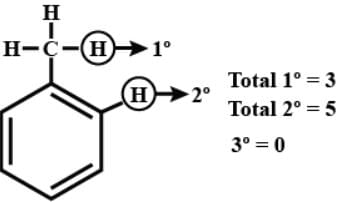Class 10 Exam > Class 10 Tests > Test: Carbon and its compounds (Easy) - Class 10 MCQ
Test: Carbon and its compounds (Easy) - Class 10 MCQ
Test Description
15 Questions MCQ Test - Test: Carbon and its compounds (Easy)
Test: Carbon and its compounds (Easy) for Class 10 2024 is part of Class 10 preparation. The Test: Carbon and its compounds (Easy) questions and answers have been prepared
according to the Class 10 exam syllabus.The Test: Carbon and its compounds (Easy) MCQs are made for Class 10 2024 Exam.
Find important definitions, questions, notes, meanings, examples, exercises, MCQs and online tests for Test: Carbon and its compounds (Easy) below.
Solutions of Test: Carbon and its compounds (Easy) questions in English are available as part of our course for Class 10 & Test: Carbon and its compounds (Easy) solutions in
Hindi for Class 10 course.
Download more important topics, notes, lectures and mock test series for Class 10 Exam by signing up for free. Attempt Test: Carbon and its compounds (Easy) | 15 questions in 15 minutes | Mock test for Class 10 preparation | Free important questions MCQ to study for Class 10 Exam | Download free PDF with solutions
Test: Carbon and its compounds (Easy) - Question 1
Alcohols may be represented by the general formula:
Detailed Solution for Test: Carbon and its compounds (Easy) - Question 1
Detailed Solution for Test: Carbon and its compounds (Easy) - Question 2
| 1 Crore+ students have signed up on EduRev. Have you? Download the App |
Detailed Solution for Test: Carbon and its compounds (Easy) - Question 3
Detailed Solution for Test: Carbon and its compounds (Easy) - Question 4
Test: Carbon and its compounds (Easy) - Question 5
Which of the following structures correctly represents the electron dot structure of a chlorine molecule?
Detailed Solution for Test: Carbon and its compounds (Easy) - Question 5
Test: Carbon and its compounds (Easy) - Question 6
How many 1°, 2° and 3° H atoms are present in (Toluene ) respectively.

Detailed Solution for Test: Carbon and its compounds (Easy) - Question 6
Test: Carbon and its compounds (Easy) - Question 7
For Carbocation the Stability Order Will be _________________.

Detailed Solution for Test: Carbon and its compounds (Easy) - Question 7
*Multiple options can be correct
Test: Carbon and its compounds (Easy) - Question 8
Graphite differs from diamond because graphite is:
This question has multiple correct options
Detailed Solution for Test: Carbon and its compounds (Easy) - Question 8
Test: Carbon and its compounds (Easy) - Question 9
The IUPAC name of the compound CH3CH = CHC = CH is:
Detailed Solution for Test: Carbon and its compounds (Easy) - Question 9
Detailed Solution for Test: Carbon and its compounds (Easy) - Question 10
Test: Carbon and its compounds (Easy) - Question 11
The process of making soap by the hydrolysis of fats and oils with alkalis is called:
Detailed Solution for Test: Carbon and its compounds (Easy) - Question 11
Test: Carbon and its compounds (Easy) - Question 12
Trivial name of 2, 3-dihydroxy butanedioic acid is-
Detailed Solution for Test: Carbon and its compounds (Easy) - Question 12
Detailed Solution for Test: Carbon and its compounds (Easy) - Question 13
Test: Carbon and its compounds (Easy) - Question 14
Which of the following is not a unit of energy
Detailed Solution for Test: Carbon and its compounds (Easy) - Question 14
Detailed Solution for Test: Carbon and its compounds (Easy) - Question 15
Information about Test: Carbon and its compounds (Easy) Page
In this test you can find the Exam questions for Test: Carbon and its compounds (Easy) solved & explained in the simplest way possible.
Besides giving Questions and answers for Test: Carbon and its compounds (Easy), EduRev gives you an ample number of Online tests for practice
Download as PDF






















